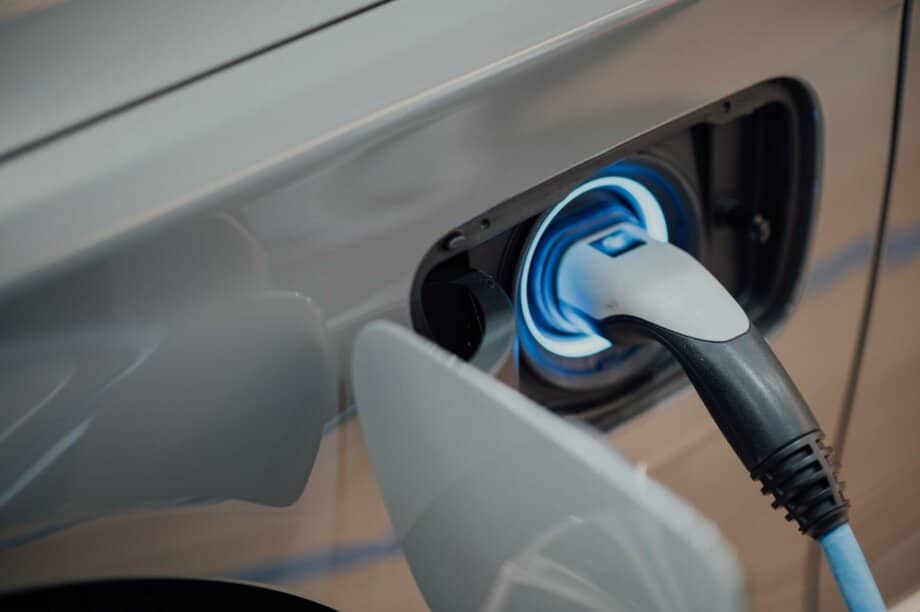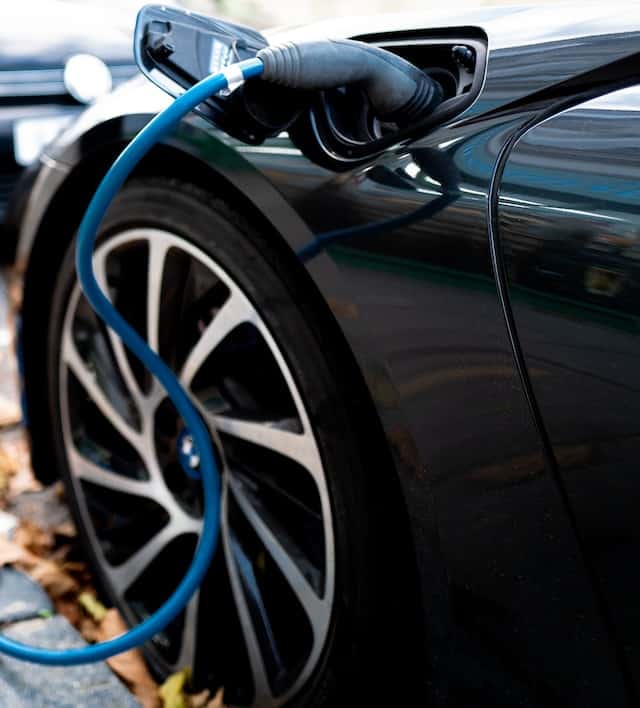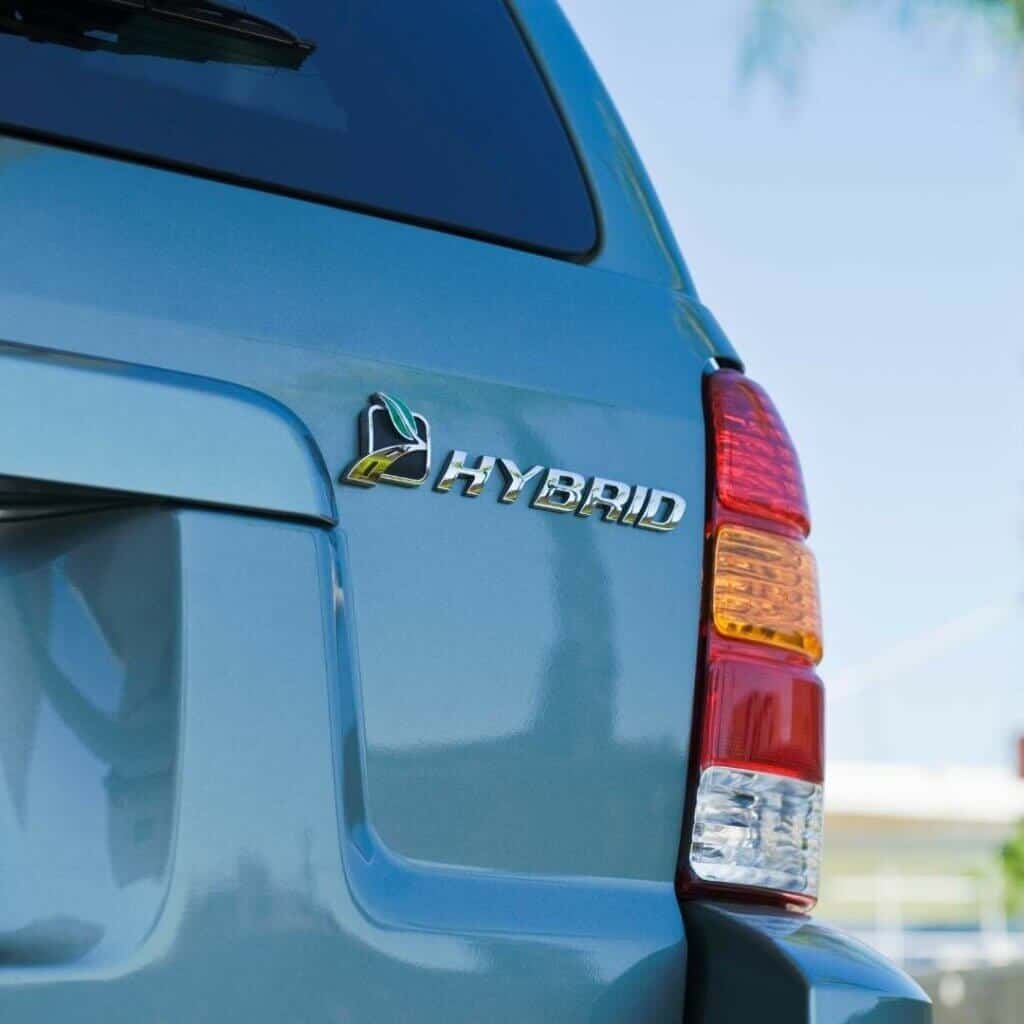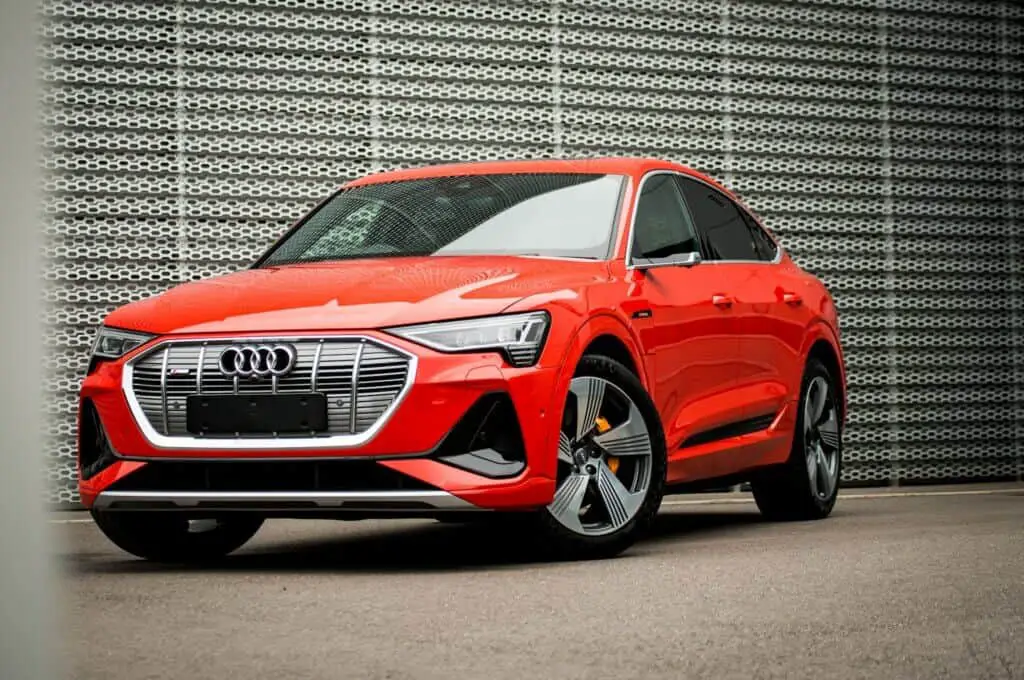ChargePoint Vs EVgo: Which one to pick?
Because of their many advantages, electric vehicles (EVs) are becoming more and more popular as indicated by the expanding number of EVs offered by top automakers. But without an infrastructure for EV charging, the adoption of EVs won’t advance as quickly as it has. EV infrastructure is expanding every day as the need for charging grows.
EVgo and ChargePoint are two EV charging firms that have a significant impact on the expanding infrastructure. It is important to find out how the two EV charging networks compare, whether you’re an experienced or new EV driver, or even if haven’t bought an electric car yet.
ChargePoint Review

ChargePoint is one of the leading EV charger manufacturers. It has established a network of stations throughout numerous countries. The ChargePoint Home Flex Level 2 AC charger has a superior track record compared to the majority of alternative EV chargers available today.
With 50 amps of alternating current, it leads the industry and enables quick charging of even the most sophisticated electric vehicles. It can transfer 12 kW of electricity across a charging cable that is 23 feet (7 meters) long [1].
Any EV, including Tesla and Polestar vehicles, which employ a different charge port but come with an adaptor, can be charged with this device because it includes an SAE J1772 socket. You can connect it using a NEMA 14-50 or NEMA 6-50 wall outlet.
The ChargePoint Home Flex charger allows you to monitor how well your car is charging via Wi-Fi and the ChargePoint mobile app. It delivers comprehensive data regardless of where you charge your car.
Through the app, you can plan charging periods, charge at less expensive times of day, and even utilize Amazon Alexa voice commands to operate the charger [2].
Additionally, several EV manufacturers have integrated ChargePoint’s database into their connected car applications. Therefore, you no longer need to download and maintain two different apps for the vehicle and charger.
The device’s standard NEMA 14-50 connector can be plugged into any 4-pin dryer outlet. The gadget mounts easily. All that is needed is to drill a hole in the wall, mount the device, and plug it into a standard 14-50 or 3-pin 6-50 socket [3]. Even on a 240-volt domestic circuit, the maximum charging current is 40 amps.
The plug may be removed for fixed circuit installations with charge ratings such as 60A-80A for 48A-50A. When a 60A circuit breaker is connected, the wall charger can deliver up to 11.5kW and 50A of power.
EVgo Review

EVgo is one of the largest EV charging networks established in Tennessee, USA. It offers more than 1000 DCFCs (fast charging stations) in more than 25 States.
The SAE Combo connectors used in EVgo’s charging stations, many of which are dual-use SAE Combo/CHAdeMo, are SAE compatible. EVgo offers level 2 charging stations (240 volts) with AC J1772 connectors for use at home and the office [4].
Finding a charger is simple with the EVgo app, and you can reserve specific chargers on the network so they’ll be ready when you get there. When you arrive at the charger, the app will walk you through the process of starting a session and allow you to keep track of usage.
If you don’t have the EVgo app, you can use the charger’s instructions and make a credit card or RFID payment. For owners of compatible General Motors and Tesla vehicles, EVgo supports plug and charge [5].
GM and Tesla vehicle owners who have configured their EVgo accounts for plug-and-charge can simply plug in their vehicle, leave the area, and come back when the session is through.
The GM or Tesla brand-specific app must be used to register the vehicle. The driver must have an EVgo account that is connected to the vehicle to use plug and charge at an EVgo station.
The driver will be able to start a charging session and automate payment by just plugging into an EVgo station.
Level 2 and fast chargers from EVgo are available, with charging rates ranging from 50 to 350 kWh. As a result, the top rival charging networks can compete with EVgo’s fastest chargers.
ChargePoint Vs EVgo
In contrast to EVgo which exclusively offers faster charging options, ChargePoint features a selection of Level 1 EV chargers.
The several charger types that ChargePoint offers include Level 1, Level 2, DC fast charging with a CHAdeMO connector, and DC fast charging with a combination connector.
Conversely, EVgo offers Level 2 chargers, and DC chargers with combo connectors, Tesla connectors, and CHAdeMO connectors. A Level 1 charger is included with the purchase or leasing of an EV and can take up to 24 hours to completely charge an EV.
A Level 2 charger can offer 15 to 75 miles per hour of charge to an EV and can charge it up to 15 times faster than a Level 1 charger [6].
Both private residences and public charging stations have Level 2 chargers available.
The fastest level of charging currently available is a DC fast charger, often known as a Level 3 charger. It can recharge 80% of an EV’s battery in as little as 10 minutes. While ChargePoint is comparatively more geographically diversified, EVGO is a wholly US-focused investment.
According to its 10-K annual report, the US accounted for all of EVgo’s revenue in fiscal 2021. Its DC fast charging network is the largest in its home country [7].
Comparatively, 15% of ChargePoint’s top line for the most recent fiscal year came from non-US markets.
At a ChargePoint station, there are several charging fees. Each ChargePoint EV charging station is privately owned, and the public charger owner sets the fees.
While some charging stations are free, some offer reduced rates, while still others bill by the hour or per kilowatts (kWh). Other stations change their prices based on the cost of power at the time you’re using it.
Related: Juicebox vs Chargepoint
What about EVgo?
On the other hand, three different pricing tiers are available for EVgo: Pay As You Go, EVgo Member, and EVgo Plus [8]. You may have additional membership choices in some locations, such as EVgo Basic and EVgo PlusMax. You must register for each of them.
If you choose to charge without joining, there is a $2.99 transaction fee that you must pay. You can also pay with your credit card. EVgo bills in terms of kWh and minutes. Where you live affects prices and payment methods.
In contrast to ChargePoint, EVgo provides a rewards program [9].
By signing up for the program, you receive 50 points. For every dollar spent, you receive five points.
Points cannot be earned at partner roaming chargers; only EVgo chargers are eligible. Also, you can receive five points for likes, tweets, or retweets, with a monthly cap of 30 points.
In addition to the monthly cap of 30 points, you can earn 5 points for each page you see on the EVgo website. On your birthday, you receive 25 points. For every 2,000 points, you receive $10 in credit for charging.
These advantages make EV charging stations a viable investment for businesses considering making one [10]. Both EVgo and ChargePoint provide excellent solutions for commercial EV charging.
Both businesses offer turnkey Charging as Service bundles that cover everything from installation to EV charging hardware. They also offer software and site design, site commissioning, ongoing monitoring, and maintenance.
They provide business solutions for fleet operations, multifamily buildings, hotels, parking lots, petrol stations, and convenience stores.
Everything has a mobile app, and EV charging is no different. Both EVgo and ChargePoint provide mobile applications that make owning and charging an EV simpler.
Read Also: Grizzl E vs ChargePoint
Conclusion
Both EVgo and ChargePoint come with advantages and disadvantages when weighing your options. Ultimately, EVgo is a better choice if you live close to its chargers because of its loyalty programs, predictable pricing, and membership discounts.
ChargePoint, on the other hand, has chargers in all the major cities as well as some more remote areas. ChargePoint can be your best option because of its convenient location.
The most crucial quality in a Level 2 charger is compatibility with your vehicle’s charging system. This has to do with how much power your electric vehicle (EV) can handle and the socket that the charging wire plugs into.
Read Next: Toyota Venza Problems




